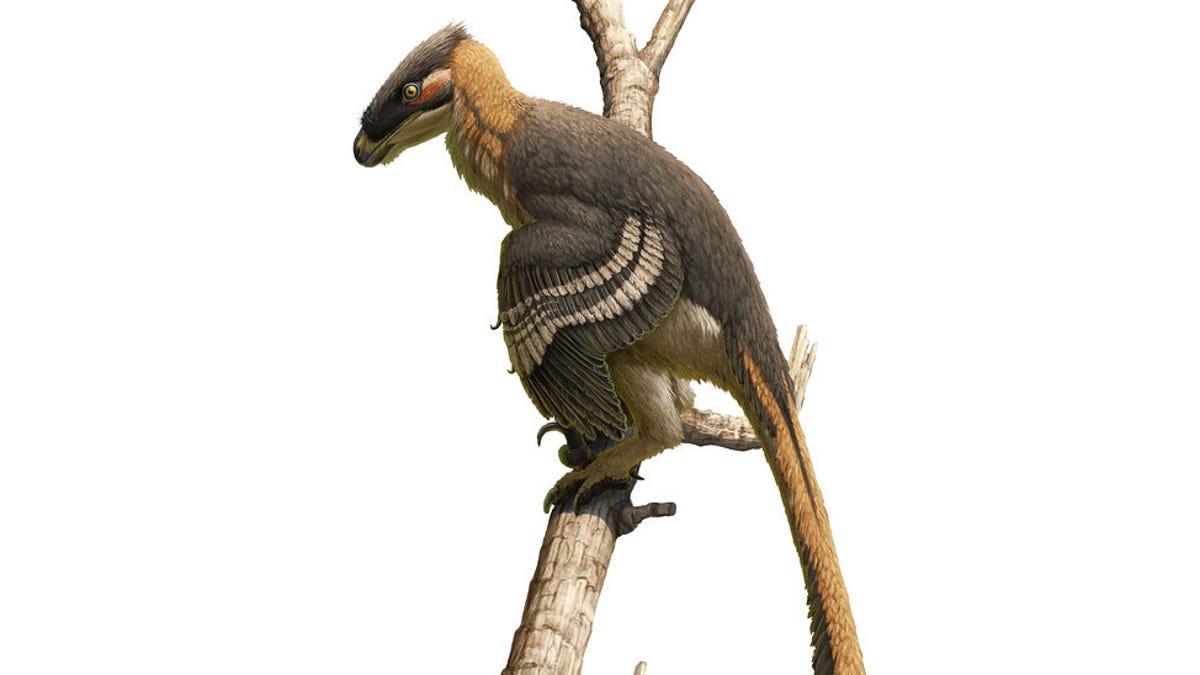Dinosaur with wicked scythe-like claws might have climbed trees like a leopard
The wolf-size dino, an ancient velociraptor relative, would have used brute strength to take out its prey.
Vectiraptor greeni sounds like it would make a great movie villain. The bird-like dinosaur was about the size of a wolf, had scythe-like claws and serrated teeth, and might have been able to use its talons and powerful arms to climb trees much like a leopard would. It's helping scientists expand the story of dinosaurs in the UK.
The fierce predator dates back to over 100 million years ago during the Early Cretaceous. It's an older relative of velociraptors, which rose to fame with the Jurassic Park movies. A team of paleontologists published a paper on the new species in the journal Cretaceous Research this month.
The researchers described the vectiraptor based on fossilized vertebrae and hip parts found on the Isle of Wight. "This is the first time a large raptor has been found in the UK," the University of Bath said in a statement on Tuesday.
Vectiraptor greeni is named for a local fossil collector, Mick Green, who originally found the bones. The animal would have roamed in a forest environment and was likely an effective predator. "This was a large, and very heavily constructed animal," said the study's lead author, Nick Longrich of the University of Bath. "The bones are thick-walled and massive. It clearly didn't hunt small prey, but animals as large or larger than itself."
The Isle of Wight has been a hotbed for dinosaur discoveries, which include a cousin of T. rex and a "horned crocodile-faced hell heron." Said Longrich of the intriguing raptor, "It's a tantalizing hint at the diversity of dinosaurs in England at this time."


